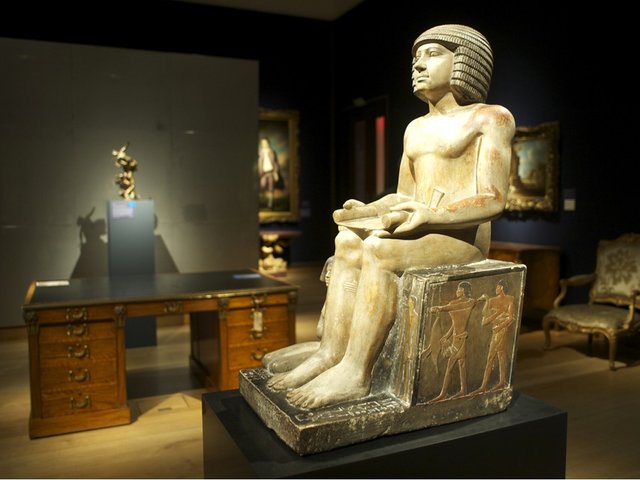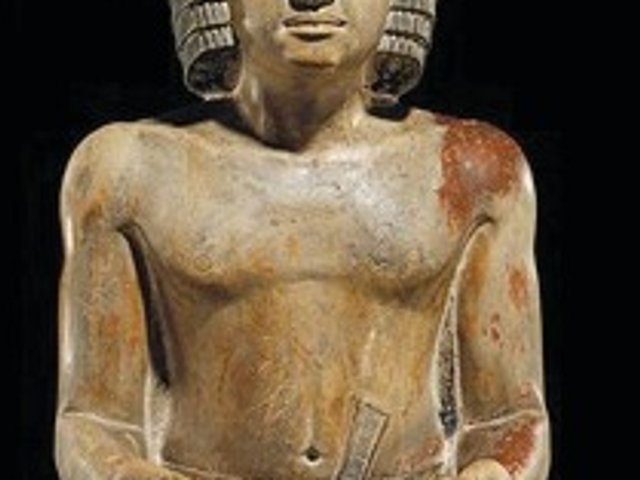The Egyptian ambassador in London has proposed a bold plan to save Sekhemka, the 4,500-year-old sculpture that became mired in controversy after it was deaccessioned by Northampton Museum in 2014.
The Egyptian embassy is prepared legally to own the sculpture and lend it for equal periods to the British Museum and the Egyptian Museum in Cairo. The proposal would represent an unprecedented compromise between two nations that want to display the same antiquity. Sekhemka is arguably the finest piece of non-royal sculpture from Old Kingdom Egypt in existence.
Nasser Kamel, the Egyptian ambassador to the UK, says: “If funds could be raised in Egypt, one idea is for the Egyptian embassy in London to own and then loan the statue for six months at a time to the British Museum in London and the Egyptian Museum in Cairo.”
Sekhemka (2400-2300BC) was sold by Northampton Museum at Christie’s in July 2014 for £15.8m, a record for an Egyptian antiquity at auction. The anonymous foreign buyer applied for an export licence, which was deferred initially until July 2015 to allow a UK buyer to match the price.
Unusual deferral For the first time since the export regulations were introduced in 1952, the UK culture department extended the initial deferral period by an extra month, citing the sculpture’s “special significance”. Mamdouh al-Damati, Egypt’s minister for antiquities, also called on wealthy Egyptians to purchase the sculpture and repatriate it to Egypt (although his suggestion was based on a misunderstanding of UK export regulations, which require a matching-price buyer to normally retain the work in the UK). In October, Ed Vaizey, the UK culture minister, introduced a second deferral on the grounds that a British buyer had expressed a serious intention to raise the funds.
Under Kamel’s proposal, lending Sekhemka to Egypt would require a temporary UK export licence, but this could be granted if UK authorities were confident that the sculpture would be returned.
The key question now is whether a matching-pricebuyer will manage to raise £15.8m before the second deferralperiod ends on 29 March. If not, Sekhemka is almostcertain to go abroad.



